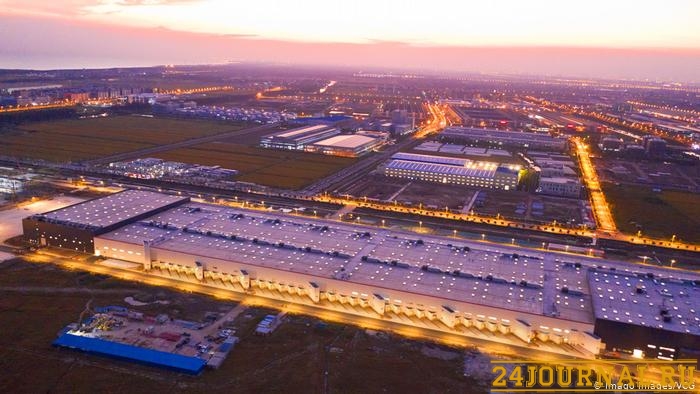A 2017 study by the global financial institution ING Group highlighted the consequences 3D printing could have on international trade. Four years – and a pandemic – later, a follow-up report shows that this technology can actually be more of an aid than a threat.

3D Printing during the COVID-19 Pandemic
During the COVID-19 crisis in 2020, 3D printing notably showed its value when traditional machines couldn’t handle the exploding demand for face masks, nasal swabs, and ventilator parts.
Moreover, this technology attracted special attention in some markets where the pandemic caused supply disruptions, leading to shortages of various intermediate and final products. The industries mainly impacted were Automotive, Machinery & Equipment, IT, Tech, Telecoms, and Energy & Utility.
For small production runs and applications, 3D printing is the most cost-effective manufacturing process. Traditional methods like CNC machining and injection molding require many expensive machines. They also have much higher labor expenses as they need experienced operators and technicians to run machines.
Companies can cut product life cycles and enhance quality as a result of these benefits, allowing certain items to be manufactured in less time. Moreover, 3D printing provides the physical demonstration of a new product to customers and investors instead of leaving it to their imagination, reducing the risk of misunderstood information.
Nevertheless, many manufacturing companies had to postpone plans to invest in 3D printers last year due to their financial problems caused by the pandemic and the short-term instabilities.
Too Soon for Mass Production
Following 3D printing’s success during the pandemic, more companies are considering integrating this technology in their production process. The sector is expected to recover to 25-30%, slightly higher than in the years before the COVID-19 crisis.
Industry experts, on the other hand, are less hopeful than they were a few years ago that printer output will soon be rapid enough to make standardized products like bin bags and bottles economically viable. In other words, most people don’t expect 3D printing to be applicable for mass production in the near future. There are also harmful effects to 3D printing, such as the re-bundling of production phases and the disappearance of manual labor.

Stay in the Loop with EXIMA
At EXIMA, we believe in making international trade easy and ensuring you have all the tools you need to trade confidently. That includes helping our users learn everything they need to know about global trade and connecting with the right people. Join Today!



